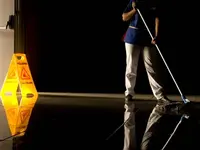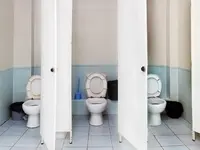Resources
Kaivac Cleaning Academy
Dive in to discover how to wipe out germs and master cleaning machines like a pro. Whether you're new here, or already part of the Kaivac family, the Academy is your go-to for improving cleaning operations.
Filter
Latest Posts
No posts found
We couldn't find any posts matching your current filters. Try adjusting your filter criteria or to see more posts.


